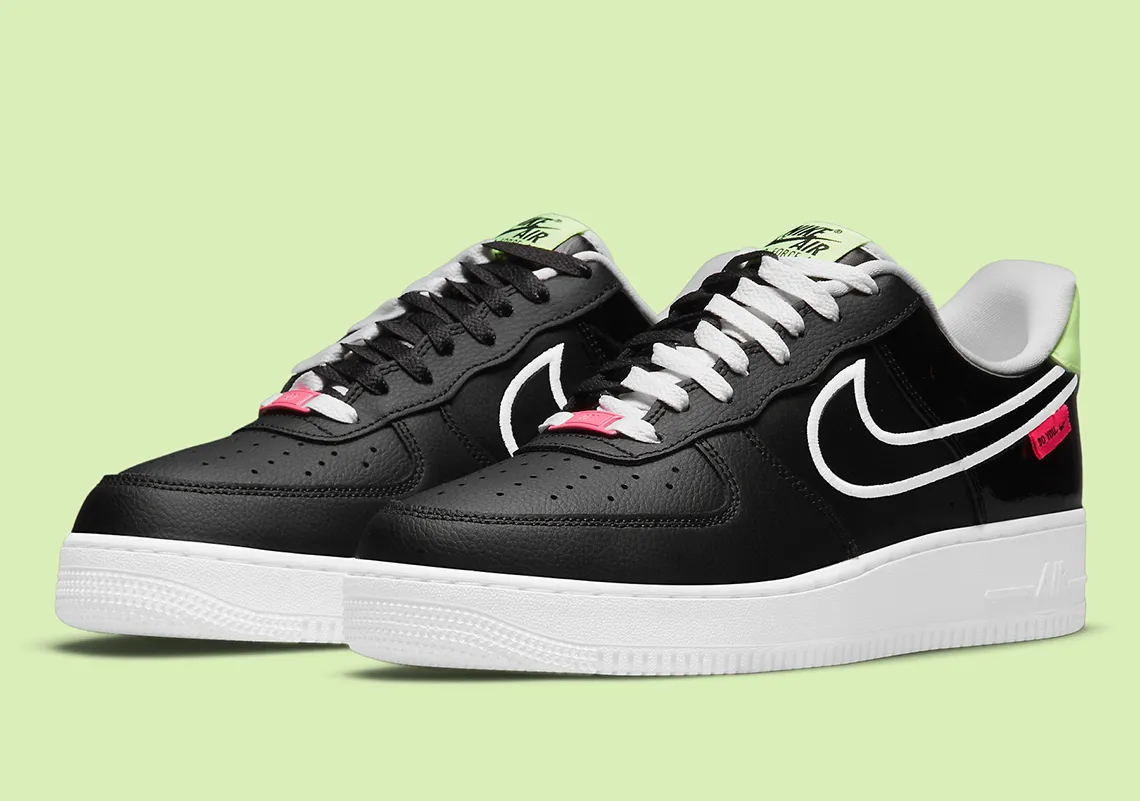For the last four years, Nike has been focused on making people run faster. Much of the company’s shoe innovation has been centered on its carbon plate technology – it’s been creating shoes that help people break world records. But away from the controversy around supershoes, Nike has been quietly reinventing how we wear shoes entirely.
Enter the Nike GO FlyEase. First revealed in February, the trainers are the ultimate in convenience: they have a hinge that allows them to bend in half and thus avoids you having to tie any laces. You just step into the shoes and they envelop your feet. When it comes to taking them off you stand on the heel and lift your foot out. The shoe took three years of “hard development,” Nike says.
Those years of work have paid off. After a month of wearing the shoes, mostly around my flat and the local park because of the UK’s lockdown, I have been converted. They’re comfortable, feel stable, and the hinge has worked seamlessly pretty much every time.
Sadly, despite the hours Nike poured into developing the shoes, their release has been tainted. For years Nike has developed the FlyEase brand with people living with disabilities – its lineup is meant to be accessible. Yet when the GO FlyEase went on sale, through an exclusive members deal, people living with disabilities say they weren’t able to get them. And now resellers are stocking them at double the price. It’s something that should have been easily avoided.
How do the GO FlyEase operate?
There are three big components that let the shoe bend. There’s the bi-stable hinge, which is like those you get on ketchup lids; a tensioner, which is essentially an elastic band running around the shoe; and the kickstand, a piece of rubber on the heel that lets you stamp your way out of the shoe.
First, let’s talk about the hinge. It sits just behind the middle of the shoe and allows it to divide into two parts. There’s the front part that’s around two-thirds of its entire length while the rear third is made up of the bulky heel.
When you bend the shoe in two the entire bed where your foot sits – think where an insole would be placed – rises above the rest of the trainer. It looks like the shoe’s inner is coming out of the shoe entirely. From here you slide your foot into the shoe and push the heel down.
It’s a thick shoe. When its hinge is open the height of its midsole, the foam part of the shoe, is really revealed. There’s a lot of foam that has been used in the creation of the trainers, and it seems to be there to support the hinge mechanism. The more shoe there is, the more durable it can be. On the sole there’s a red strip of rubber that connects the front and back – when you’re using the hinge this part bends in two. The rubber, which is about 3mm thick, holds the whole thing together and needs to be durable.
This oversized approach is also pretty evident in the GO FlyEase's tensioner. This rubber band, which is attached at the front and back of the shoe, is a few centimeters high and dominates what the shoe looks like.
The final component is the kickstand heel. This is a tiny bit of rubber on the back of the heel and is key to how you take the shoes off. You stand on this heel with one foot and then step out of the GO FlyEase. Applying pressure to this part of the shoe allows the hinge to operate and you can take them off without having to bend down.
Does it all work?
May 18, 2021 at 12:00PM
https://ift.tt/3ftmzK3
Nike GO FlyEase review: the bendy shoes really do work - Wired.co.uk
https://ift.tt/3g93dIW
Nike

No comments:
Post a Comment